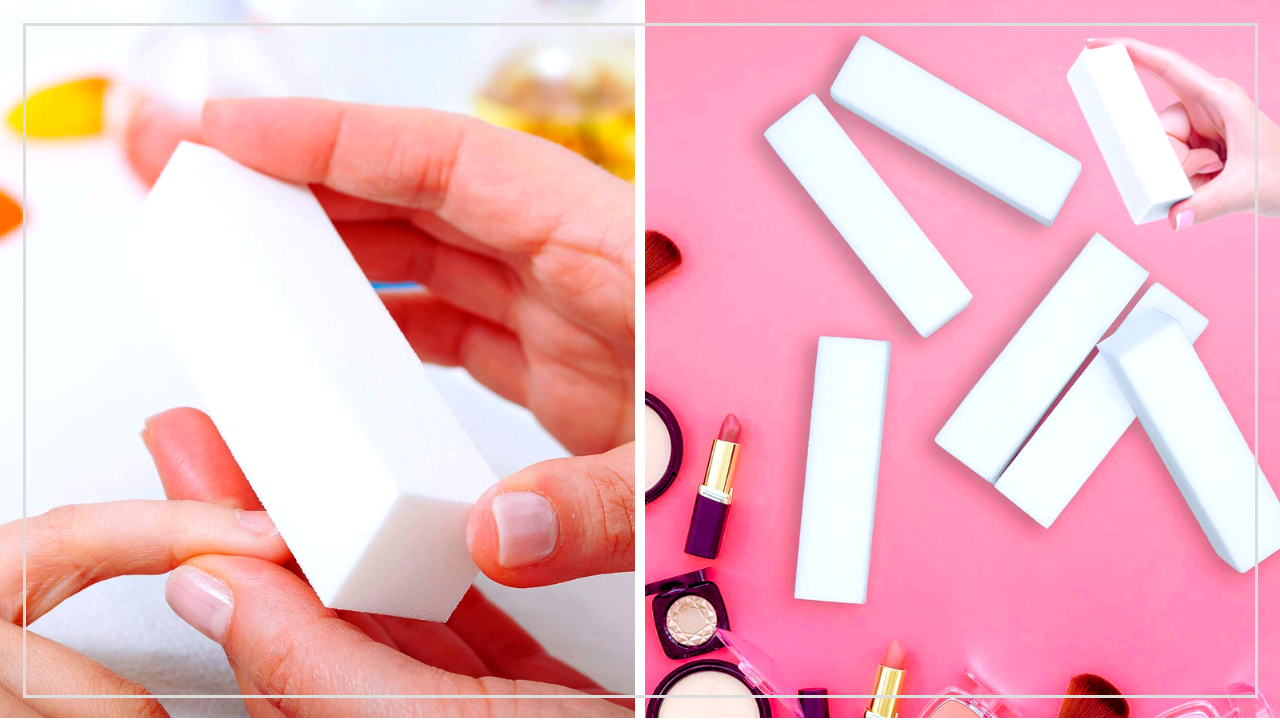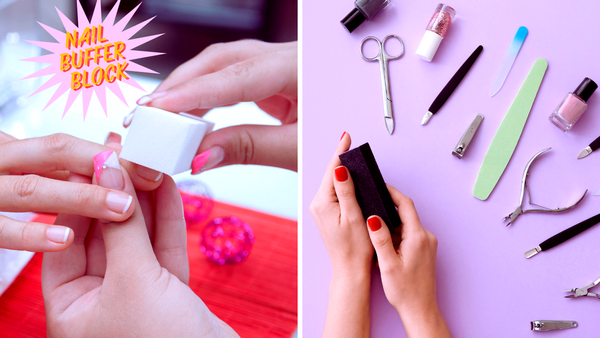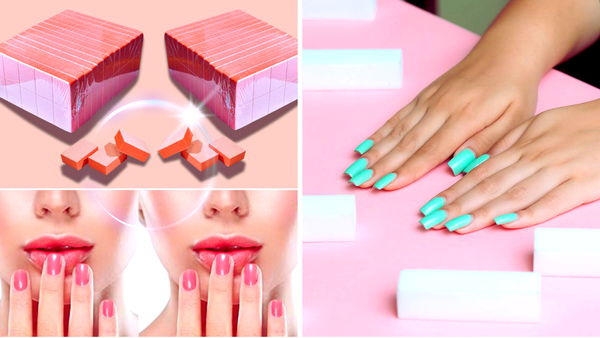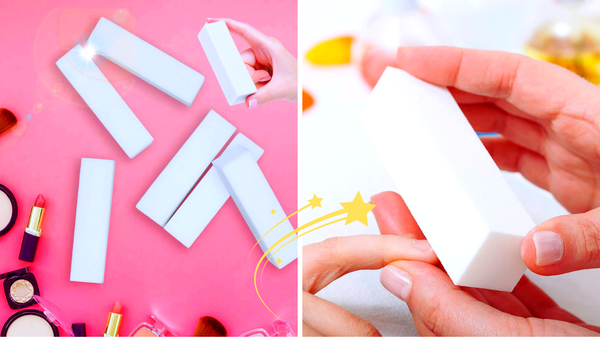Key Takeaways:
- Nail buffer blocks can be reused, but proper maintenance is crucial.
- Different grits on nail buffers serve various purposes, from smoothing to polishing.
- Regular cleaning and correct usage extend the life of nail buffer blocks.
Nail buffer blocks are essential in nail care, allowing smoothness, shape, and shine of your nails. But a common question arises: Can you reuse nail buffer blocks? The short answer is yes, but there's more to it. This article dives deep into the nuances of reusing nail buffer blocks, ensuring you get the most out of your nail care routine.
Nail Buffing Basics: Get the Perfect Shine!

Nail buffer blocks are versatile tools designed to enhance the appearance and health of your nails. They come in various shapes and sizes, each with different grits to serve specific purposes. From smoothing ridges to creating a high shine, these blocks play a crucial role in nail care.
The different grits on nail buffers range from coarse to fine. Coarse grits are used for initial shaping and smoothing, while finer grits are perfect for polishing and achieving a high shine. Understanding the purpose of each grit is essential for effective nail care.
The Importance of Grits
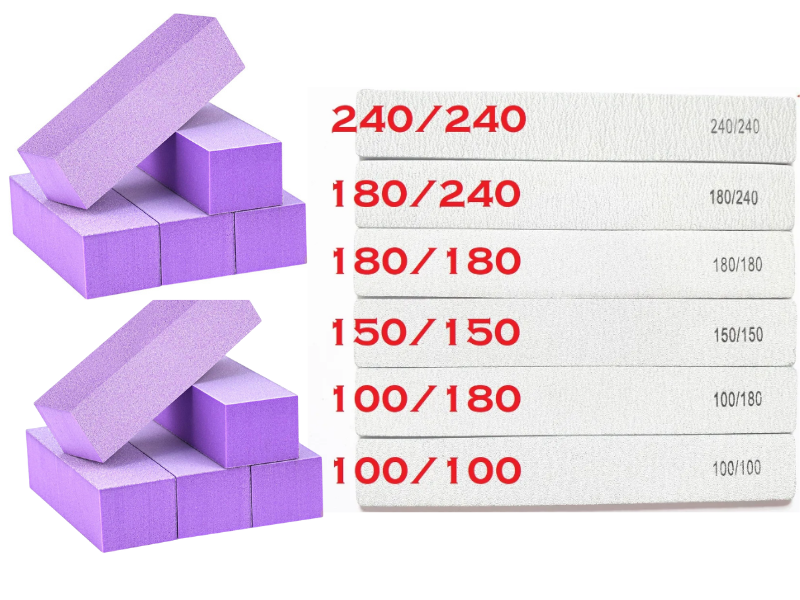
Grits on nail buffers are like the gears in a car; each serves a unique function. Lower grits (coarse) are used for heavy-duty tasks like shortening nails and removing ridges. Medium grits are ideal for smoothing the nail surface, while higher grits (fine) are perfect for polishing and creating a high shine.
Using the right grit for the job is crucial to prevent nail damage. For instance, using coarse grit on natural nails can be too abrasive, leading to potential damage. Conversely, using a fine grit for shaping might not yield the desired outcome. Therefore, understanding and selecting the appropriate grit is essential for maintaining healthy nails.
Reusing Nail Buffer Blocks
Yes, you can reuse nail buffer blocks, but it requires proper care and maintenance. Regular cleaning is essential to keep the buffer effective and hygienic. After each use, gently brush off any nail dust and debris. For a deeper clean, wash the buffer with warm water and mild soap, then let it air dry completely.
It's also important to monitor the wear and tear of your buffer block. Over time, the grit can wear down, reducing its effectiveness. If you notice the buffer isn't performing as well as it used to, it might be time to replace it. Proper maintenance can extend the life of your buffer block, but knowing when to let go is equally important.
Cleaning and Maintenance
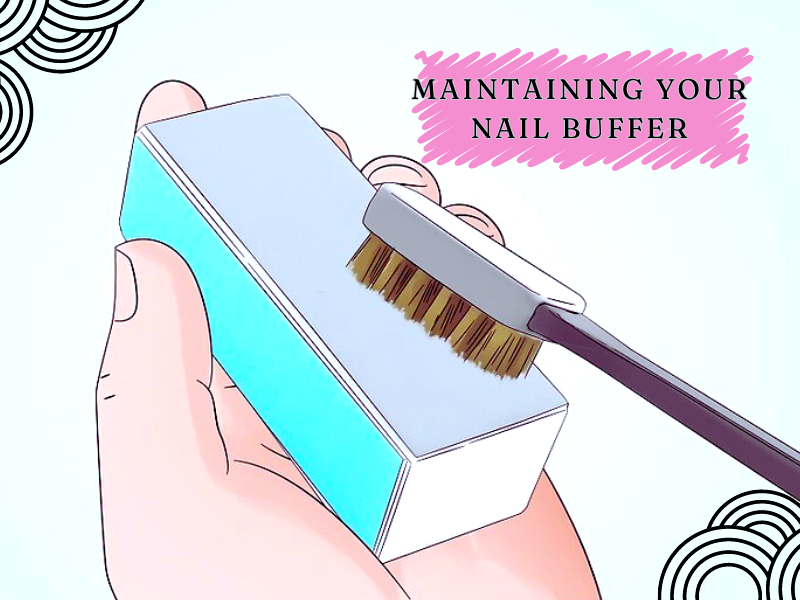
Cleaning your nail buffer block is straightforward. After each use, remove any visible debris with a soft brush. For a more thorough cleaning, wash the buffer with warm water and mild soap. Ensure you rinse it well to remove any soap residue, then let it air dry completely before storing it.
Regular cleaning not only extends the life of your buffer block but also prevents the buildup of bacteria and other pathogens. This is especially important if you share your nail tools with others. Keeping your buffer clean ensures a safe and effective nail care routine.
Different Shapes and Sizes
Nail buffer blocks come in various shapes and sizes, each designed for specific tasks. Some buffers have multiple sides with different grits, allowing you to switch between tasks without changing tools. For example, a four-sided buffer might have a coarse grit for shaping, a medium grit for smoothing, a fine grit for polishing, and a super-fine grit for creating a high shine.
Choosing the right shape and size depends on your personal preferences, nail length, and nail care needs. A larger buffer might be more comfortable for some, while others might prefer a smaller, more precise tool. Experimenting with different shapes and sizes can help you find the perfect buffer for your routine.
Preventing Nail Damage
Using nail buffer blocks correctly is essential to prevent nail damage. Always start with the lowest grit necessary for the task and work up to finer grits. This gradual approach minimizes the risk of over-buffing and damaging your nails.
It's also important to use gentle, even strokes when buffing. Applying too much pressure can weaken the nail and cause it to split or break. Regularly moisturizing your nails and cuticles can also help maintain their health and prevent damage.
Personal Use vs. Salon Use
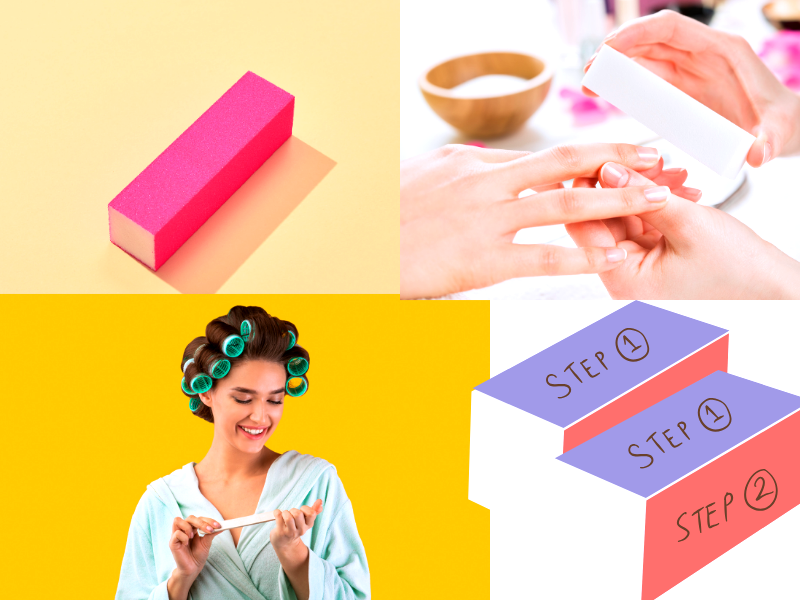
Nail buffer blocks are suitable for both personal and salon use, but there are some differences to consider. For personal use, a single buffer block can last a long time with proper care. However, in a salon setting, buffers are used more frequently and on multiple clients, so they need to be replaced more often.
In a salon, hygiene is paramount. Buffers should be cleaned and sanitized between clients to prevent the spread of bacteria and infections. Some salons opt for disposable buffers to ensure the highest level of hygiene. Whether for personal or salon use, maintaining clean and effective tools is essential for healthy nails.
Choosing the Right Buffer
Selecting the right nail buffer block depends on your specific needs and preferences. Consider the grit, shape, and size that best suit your nail care routine. If you're new to using buffers, a multi-sided block with different grits can be a versatile and convenient option.
Choosing a buffer with the appropriate grit is crucial for those with specific needs, such as smoothing ridges or creating a high shine. Experimenting with different buffers can help you find the perfect tool for achieving your desired outcome.
Tips for Effective Buffing
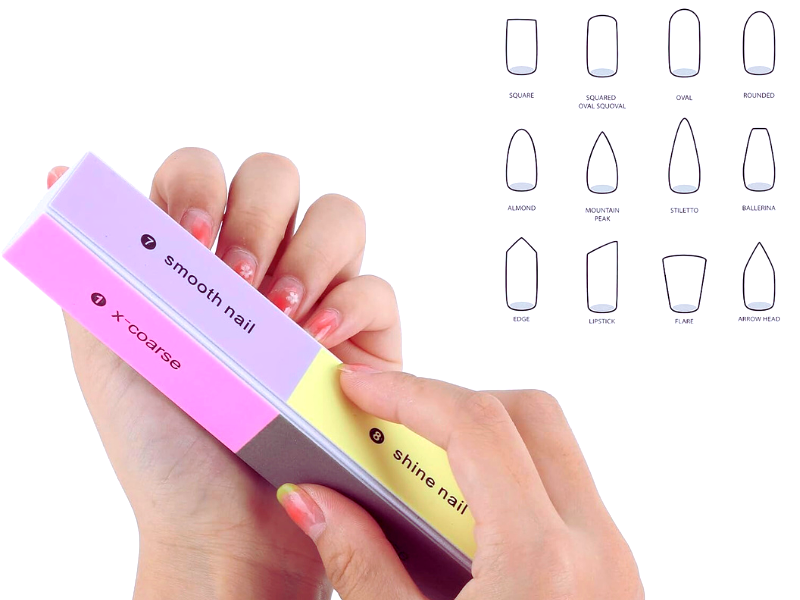
Effective buffing requires a gentle touch and the right technique. Start with clean, dry nails and choose the appropriate grit. Use gentle, even strokes, and avoid applying too much pressure. Buff in one direction to prevent splitting and weakening the nail.
Regularly clean your buffer block to maintain its effectiveness and hygiene. If you notice the buffer isn't performing as well as it used to, it might be time to replace it. With the right technique and maintenance, you can achieve smooth, polished nails without causing damage.
Summary
Nail buffer blocks are versatile tools that can be reused with proper care and maintenance. Understanding the different grits and their purposes is essential for effective nail care. Regular cleaning and correct usage extend the life of your buffer block, ensuring you achieve smooth, polished nails every time.
FAQ
How often should I replace my nail buffer block?
The replacement frequency depends on how often you use the buffer and how well you maintain it. A buffer block can last several months with proper care for personal use. In a salon setting, buffers and nail files should be replaced more frequently to ensure hygiene and effectiveness.
Can I share my nail buffer block with others?
It's not recommended to share nail buffer blocks due to hygiene concerns. If you must share, ensure the buffer is thoroughly cleaned and sanitized between uses to prevent the spread of bacteria and infections.
What should I do if my nail buffer block loses its effectiveness?
If your nail buffer block isn't performing as well as it used to, it might be time to replace it. Regular cleaning can extend the life of the buffer, but over time, the grit will wear down, reducing its effectiveness.
